“We Spent Just $5k On Reno” Why Some Buyers Are Skipping Big Renovations In 2025
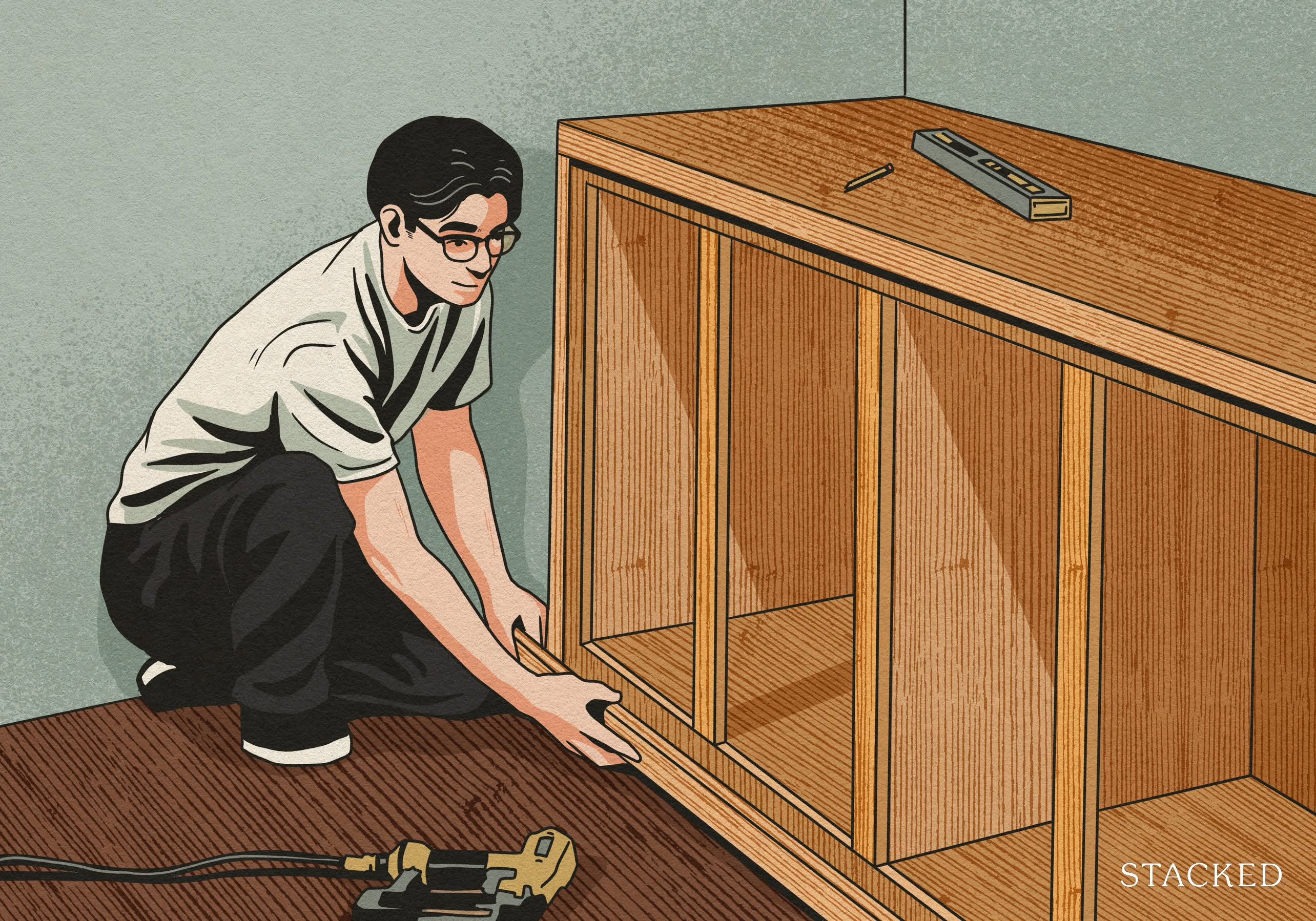
Get The Property Insights Serious Buyers Read First: Join 50,000+ readers who rely on our weekly breakdowns of Singapore’s property market.
A seasoned content strategist with over 17 years in the real estate and financial journalism sectors, Ryan has built a reputation for transforming complex industry jargon into accessible knowledge. With a track record of writing and editing for leading financial platforms and publications, Ryan's expertise has been recognised across various media outlets. His role as a former content editor for 99.co and a co-host for CNA 938's Open House programme underscores his commitment to providing valuable insights into the property market.
For most Singaporeans, a huge part of moving costs includes renovations and furnishing. It’s not just about the money, it’s the time involved: there are families who have had to wait additional months due to the common delays, changes of subcontractors, etc. But there’s no choice, right? Or is there? This week, we spoke to some homeowners who made little to no renovations, practically moving into their new home as-is:
1. Buying a home you’ve already lived-in before
Shubreet and her husband spent a grand total of around $5,000 moving into their 5-room flat last year; a rather drastic reduction from their planned budget of $50,000! The reason came down to a sudden opportunity:
“We had our finances planned out and we were looking for a condo almost every day. This included costs of renovation, stamp duties, everything, because we read Stacked so we’ve seen the breakdowns.
But unexpectedly, my grandfather made a decision to sell his flat and move in with my parents, because he has a hip replacement, it’s hard for him to bend down, pick things up. So it’s better he lives with someone rather than alone in such a big flat.”
The plan was initially to rent out the flat, but Shubreet instead offered to buy it from her grandfather. This ticked multiple boxes at once: it would mean she got to stay in a neighbourhood she’d known as a child, her husband would be much closer to work, and she would be within five minutes’ drive of her parents and grandfather.
“I lived in my grandpa’s place on and off when I was growing up, so I am already familiar with it. I found a lot of my old things are still there, in fact. So we only did some maintenance, brought in a new living room set, and that was it.”
The move was also immediate, thus sparing the couple any issues of temporary accommodation or storage. And whilst it does mean they don’t have a condo with facilities, Shubreet says the savings still allow them the possibility in the future; and they may be able to buy an even larger condo unit if things work out.
2. Avoiding renovations and complicated moving for health reasons
GS is quite unusual among homebuyers. Being older, he and his wife dislike the idea of moving things, overseeing contractors, and so forth. This is partly also due to GS having recovered from a stroke seven years ago, which makes it more challenging for him to move around.
GS says it was his wife who suggested that, when right-sizing from their condo, they pick a flat that required minimal work:
“She is the practical side of our marriage. She is still working, we have our own business, so she doesn’t have the time to manage all this. I am not working, but it’s very tough for me to travel back and fro. So we told the agent we are looking for something new and nice (GS refers to the renovations, not the flat – Ed.) that we can accept, and we want to move in right away. If we have to pay more, we have to pay more.”
GS says the search took longer than expected, and there were only two flats where the existing renovations felt comfortable to the couple. The first was their favourite as “the renovations were two years old, and they also had ceiling fans, and there was a sea view.” But this was ultimately turned down, because the flat was too far from amenities like coffee shops and malls.
The second was less preferable, as the renovations were older and predated COVID. Nonetheless, it had features the couples liked, such as proper solid doors instead of bifold doors, dimmer knobs for lights, and a lot of hidden storage. More importantly, though, the seller wanted to close the deal fast, and accepted an offer that their agent thought would be rejected; so they didn’t really end up paying more.
More from Stacked
This Plot Of Land In Marina Bay Got Real Estate Experts Totally Divided
And it does show in things like bids. Take, for example, the Marina Gardens Lane plot: Kingsford Huray bid around…
In the end, all the couple had to replace was some of the furniture, as the seller also agreed to fix small issues like some cracked tiles, and damage to the wall skirting.
3. Upgraders saving up for a future condo
This was told to us by an agent, JL, who is still amused by a client who retained the existing, almost 12-year-old renovations. He says that:
“Partly it was because they were intending to upgrade, and they wanted to spend as little as they could, because it was an interim home to them. They were quite picky about everything, the facing, the neighbours, the road noise. But come to the renovations, I was surprised when they said they were going to keep it as is.”
JL says the renovations were quite old, with some cabinetry he would even describe as “sagging a bit.” This didn’t seem to faze the buyers though, who decided they would only have to bear with it for five years. In the end, they only insisted on basic fixes from the sellers, and left everything from the feature wall to the kitchen cabinets. As for the built-in master bedroom wardrobe, which was a bit unsightly from damage, the couple shrugged and said they would just replace it with a second-hand detached one.
JL notes that this benefitted his client in two ways: first, it saved them money for a coming upgrade; and second, it meant they could move in almost immediately after the transaction, which removed any need for rental.
4. Moving into a former co-living space
Co-living spaces boomed in the aftermath of COVID; but with the rental market softening, some of them have given up their units. MT and his family came across such a unit: a large 1,400 sq. ft. condo unit built in the 1990s. MT says he hadn’t even engaged a realtor yet:
“The seller was a client of my client. During a lunch meeting my client mentioned it, and I asked for the contact and I went to take a look myself. I knew it was right for us straight away, because the price was good for such a big unit, and the existing layout which they did was something I wanted anyway.”
MT lives with his wife, two children, and three of their parents, so the family needs a larger home. And as it so happens, the 1,400 sq. ft. unit had been optimised by the co-living operator: the renovations were completed in 2021, so they were barely even four years old. On top of that, the changes included an additional bedroom.
MT also liked that the toilet attached to the domestic helper’s room had been expanded: the helper’s room had been removed altogether, and the toilet expanded into a larger and more spacious one. This suited the family just fine, as they had no domestic helper anyway.
While there were still some renovation costs involved, MT says they spent only around $30,000, which can be considered a very low sum for a unit of that size.
Have you met anyone who has moved with minimal renovations to their new home? If so, or if you’ve managed it yourself, do reach out to us at Stacked and tell us about it!
If you’d like to get in touch for a more in-depth consultation, you can do so here.
Ryan J
A seasoned content strategist with over 17 years in the real estate and financial journalism sectors, Ryan has built a reputation for transforming complex industry jargon into accessible knowledge. With a track record of writing and editing for leading financial platforms and publications, Ryan's expertise has been recognised across various media outlets. His role as a former content editor for 99.co and a co-host for CNA 938's Open House programme underscores his commitment to providing valuable insights into the property market.Read next from Property Market Commentary

Property Market Commentary Why Singapore Homes Feel So Unaffordable (Even If Incomes Have Risen)

Property Market Commentary Why Older Freehold Condos Are Struggling to Go En-Bloc in 2025

Property Market Commentary Why These Newly Completed Condos Have Made Owners Up to $700K in Just 5 Years

Property Market Commentary The Best Condo Rental Yields Near International Schools In Singapore Isn’t Where You’d Expect
Latest Posts

On The Market We Found 5 Spacious HDB Flats Above 1,300 Sqft You Can Still Buy Under $600K

Pro We Compared Old vs New Condos in One of Singapore’s Priciest Family Neighbourhoods: Here’s What We Found For Family-Sized Units

Property Investment Insights Which Condos Made the Biggest Profits in 2025? One Owner Earned $3.8M in Just 5 Years

Pro Are Older One- and Two-Bedders in District 21 Holding Up Against the New Launches? We Break It Down

Property Advice Most New Condo Buyers in Singapore Forget to Check This Before Buying (Until It’s Too Late)
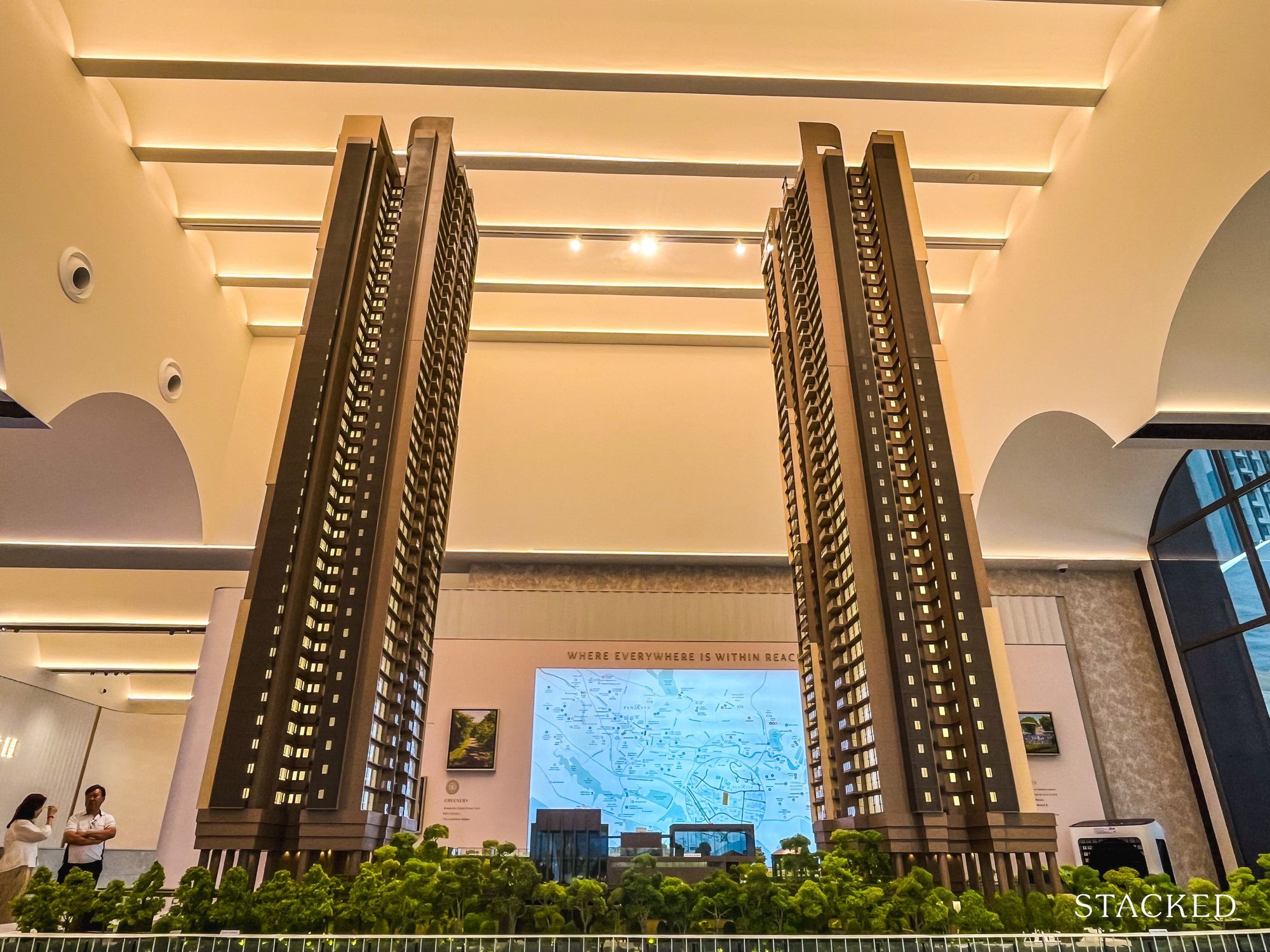
Singapore Property News Why This Rare New Queenstown Condo Nearly Sold Out Even At $2,800 Psf

On The Market Surprisingly Affordable 5 bedroom Condos You Can Buy Right Now Under $2.3 Million
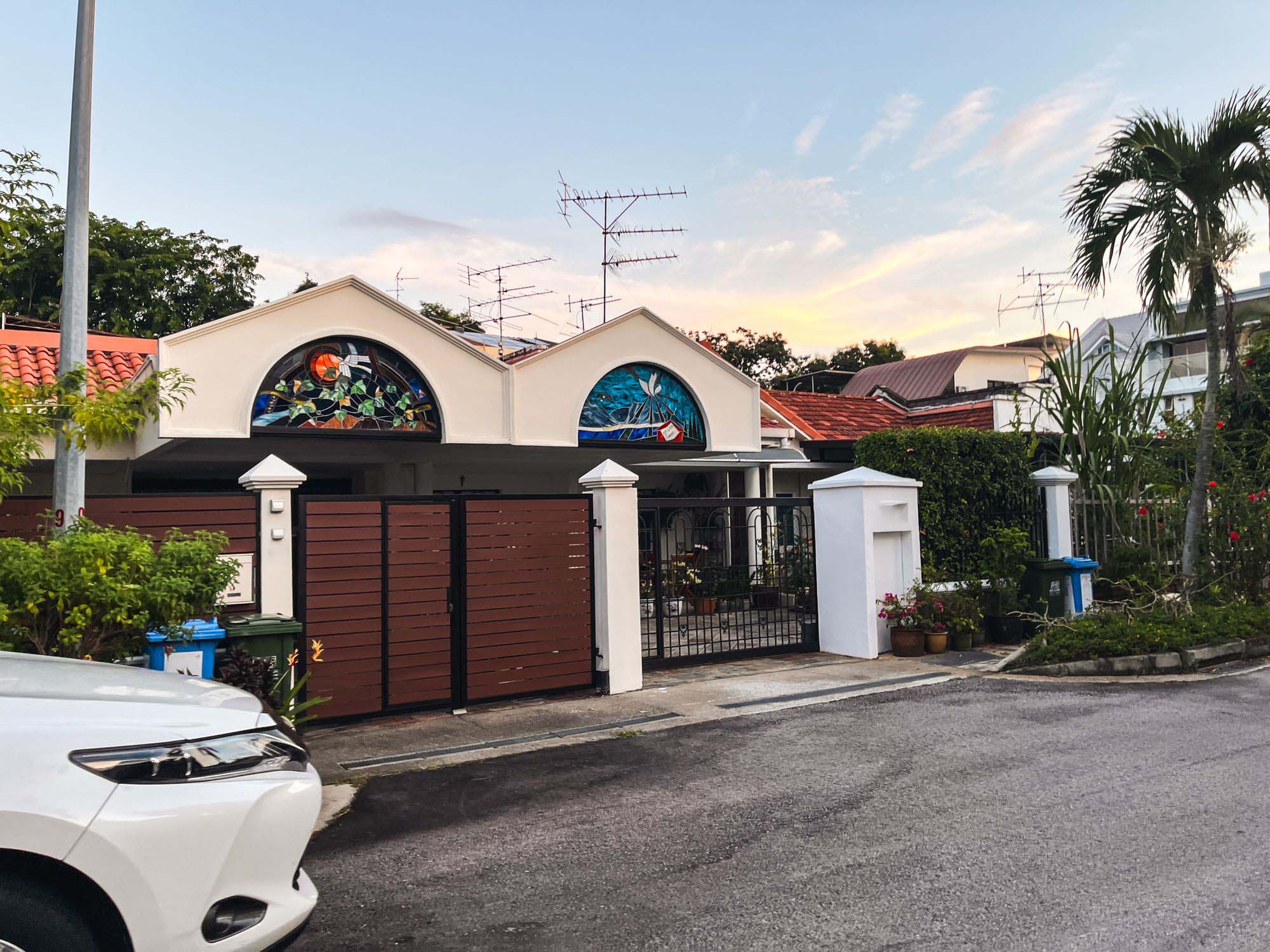
Landed Home Tours I Toured A Rare Freehold Landed Street Where $5M Still Gets You A Proper Family Home

Singapore Property News When ‘Fringe’ Homes Cross $2,000 PSF, Has Singapore’s Idea of ‘Prime’ Changed for Good?

On The Market Four Rare Penthouses Overlooking Jurong Lake Gardens On The Market From $4.38m – Each With Over 2,000 Sqft Of Space

Editor's Pick Singapore’s First W Hotel–Branded Condo Launches From $3,230 PSF in Marina Bay: Here’s What You Need To Know

On The Market The Cheapest 4-Room HDB Flats in Central Singapore You Can Still Buy Under $520K
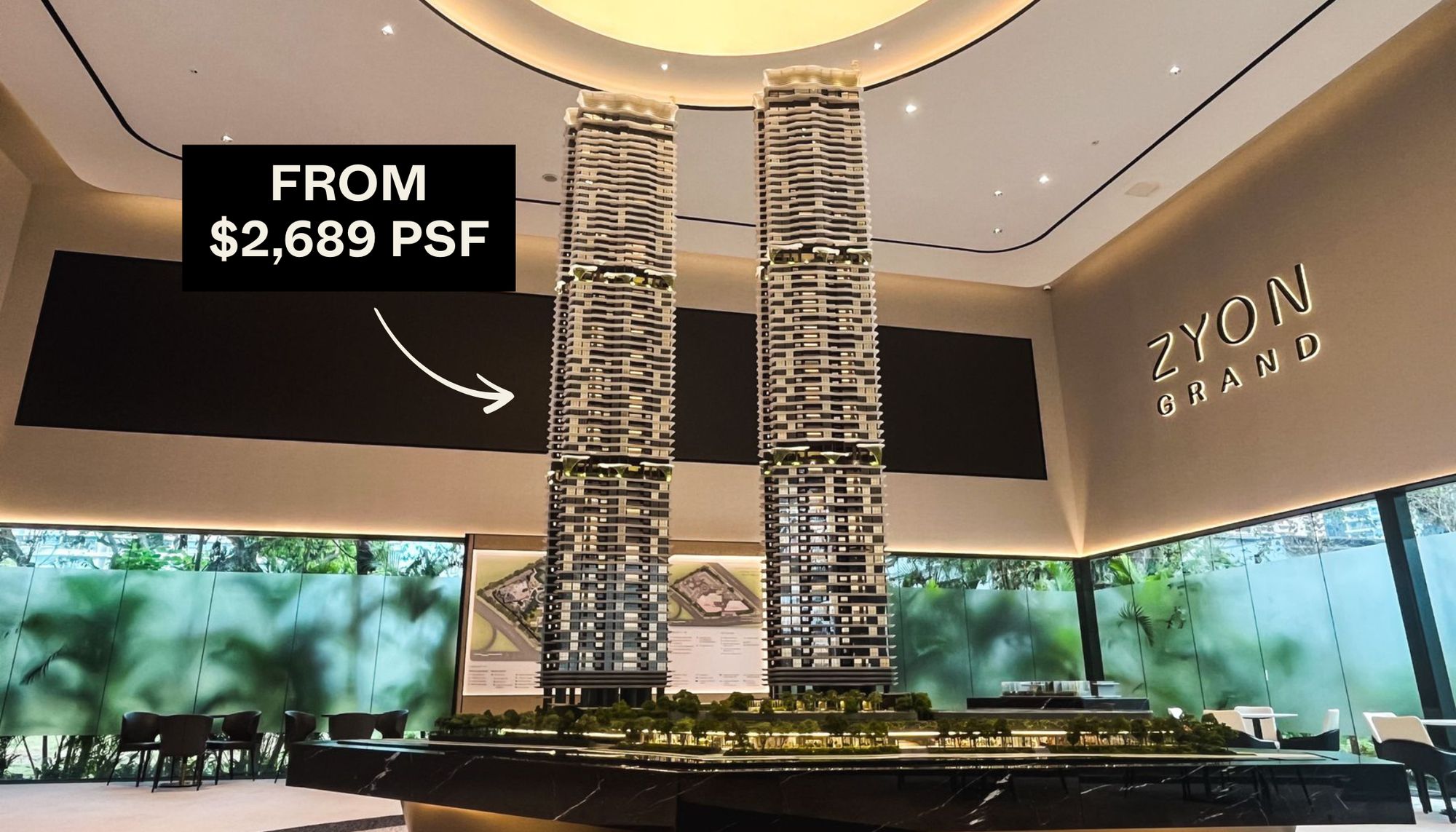
Editor's Pick Zyon Grand Pricing Review: How It Compares To Nearby Resale And New Launches In River Valley
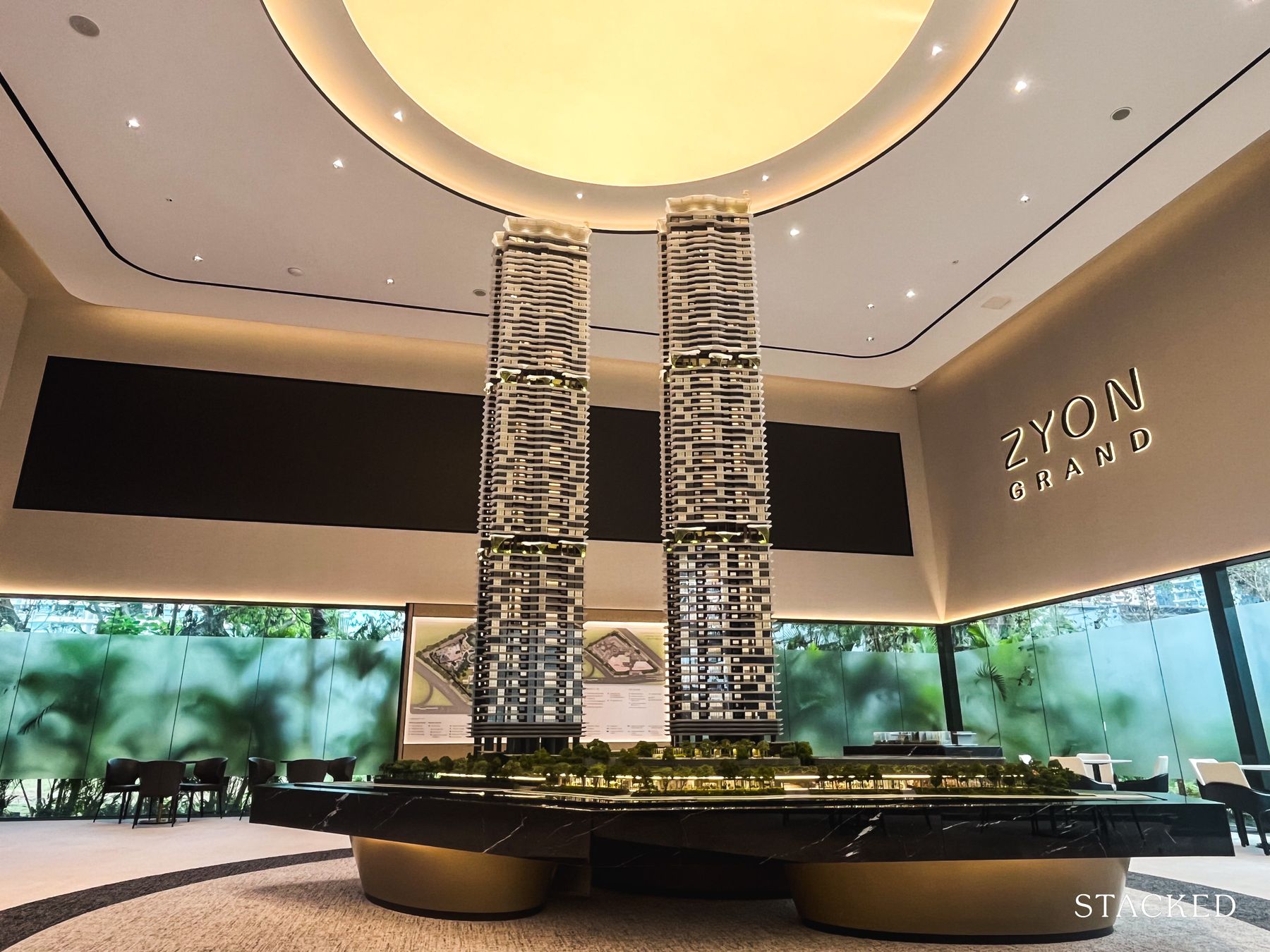
Editor's Pick Zyon Grand Condo Review: Integrated Condo With Direct MRT Access From $2,689 Psf

BTO Reviews October 2025 BTO Launch Review: Ultimate Guide To Choosing The Best Unit


